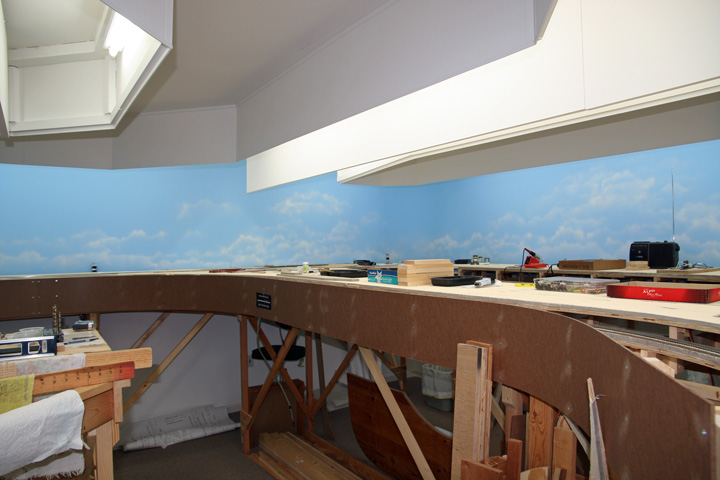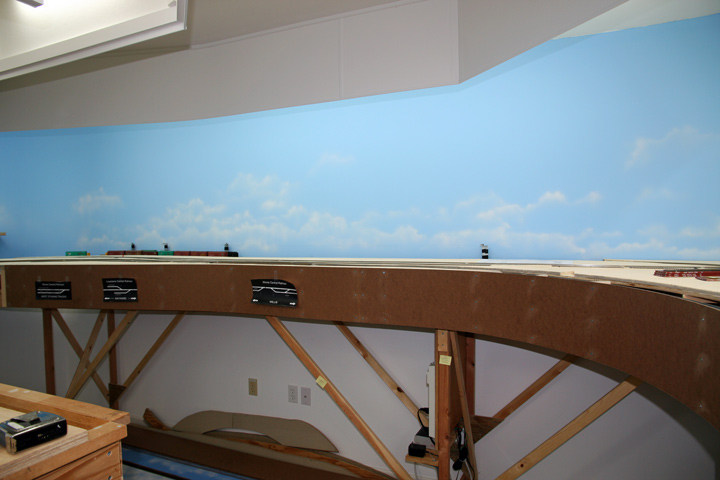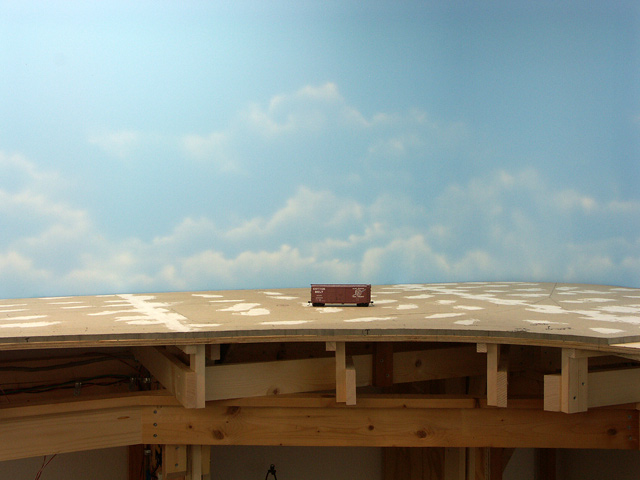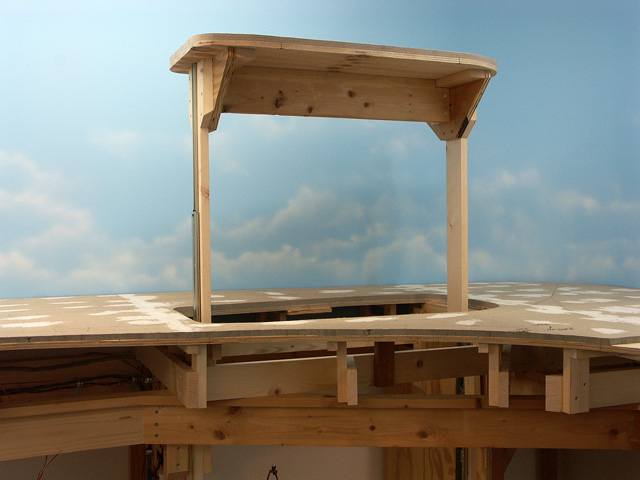In the last post Spencer Sawmill Trackage Complete I mentioned how I kept getting distracted from my trackwork mission in Oneida. It started when the folks at ESU announced a summer sale for their LokProgrammer. For the benefit of those not familiar with this device, it is a LokSound decoder programmer that uses a computer interface. While DecoderPro will program LokSound decoders nicely, this programmer has one interesting benefit that DecoderPro can’t match. You can download new sound projects from ESU, then load them into your LokSound decoder. I’m new to LokSound, but I’m quite impressed with their offerings at this time. Several months ago I purchased my first LokSound decoder and it came loaded with the sounds for an ALCO 244 prime mover. Then a few weeks ago, ESU upgraded the decoder file for this prime mover to include their new Drive Hold, and several other operating features. No problem . . . just download the new file, and write it to the decoder. It is now the latest and greatest. Lured by this prospect, I decided to take advantage of the sale. My first task was to upgrade my (still new) decoder. It went well, and I’m tickled with the result. Then I found out that I could actually modify the sounds in the LokSound decoder that came in my Rivarossi Heisler (it’s the top-of-line version 4 decoder). Wow! I spent several days playing with that and I’m thrilled with what I was able to do.
I also became distracted with my waybill generation program. Back in the early 90s I cobbled up a DOS based waybill generation program using QuickBasic. It worked quite well on my small bedroom sized layout of the time. Then later I decided to write an enhanced Windows version using Visual Basic 6. I’ve played with that program off and on (mostly off) for years now, and have thoroughly enjoyed working with it. The program is about 85% complete, but lately I’ve been thinking that it’s high time to get busy and finish the thing up so that it’s ready for use when the layout becomes operational. Trouble is, I haven’t done much with it for at least 5 or 6 years, and find that I’m spending a good deal of time trying to figure out everything I’ve already done! To complicate matters, I recently started reading the detailed writings of Tony Thompson on the style of waybills that he and friends were developing and using (I originally saw an article he did in Model Railroad Hobbyist, then later visited his blog where his entire ongoing treatise of the subject is available). They’ve come up with some interesting “model railroading” waybills that bear a nice resemblance to actual waybills. They’re greatly simplified to be sure, but they capture the essence of the real thing, and I love them! Indeed, they have prompted me to completely redesign the appearance of my waybills, and to expand on the concept. Creating the forms was easy, but then I realized that I needed to add quite a few fields to my database to fill in all the new blanks on these new forms. And then the code to make it all happen. I’m not finished with this conversion by a long shot, but I’ve made good progress with it, and think the finished product will be well worth the effort. The downside to all this was, of course, adding another delay to the program completion.
And that led to yet another distraction. The new waybills will be printed on 3″ x 5″ slips of paper (I’ve found a source for this paper size and my HP printer can handle it). Problem is, the larger than “normal” waybill size requires a larger than normal box on the layout fascia to hold them. I could of course make them myself, but I’ve taken a fancy to the nice boxes that are offered by Bill Brillinger up in Canada. I contacted Bill and he says he can make up any size that I need. Excellent. But after some email exchanges, I realized that I needed to do more homework as to exactly what I’ll be needing (sizes, number of slots, etc.) so that Bill can work up a quote for me. It was then that I realized that I was doing everything that I wasn’t supposed to be doing (at this time) and I pulled in on the reins.
I got back on the trackwork at Oneida, and I stayed there until the job was completed. The only trackwork left to do (on the peninsula) is a bit of mainline on the backside of the peninsula that brings the trains from Oneida into Monterey. I’ll be starting on that soon.
Now, where did I put that programmer? And I really need to get back to Bill on those boxes…
-Jack




